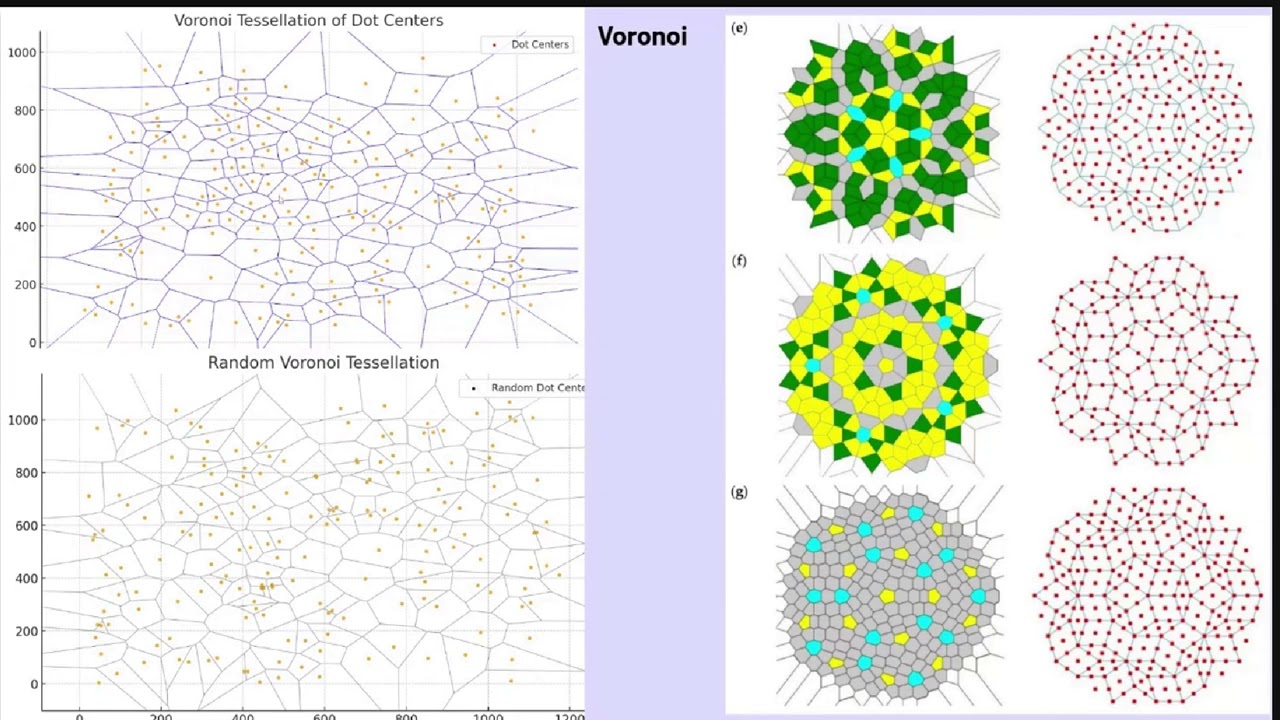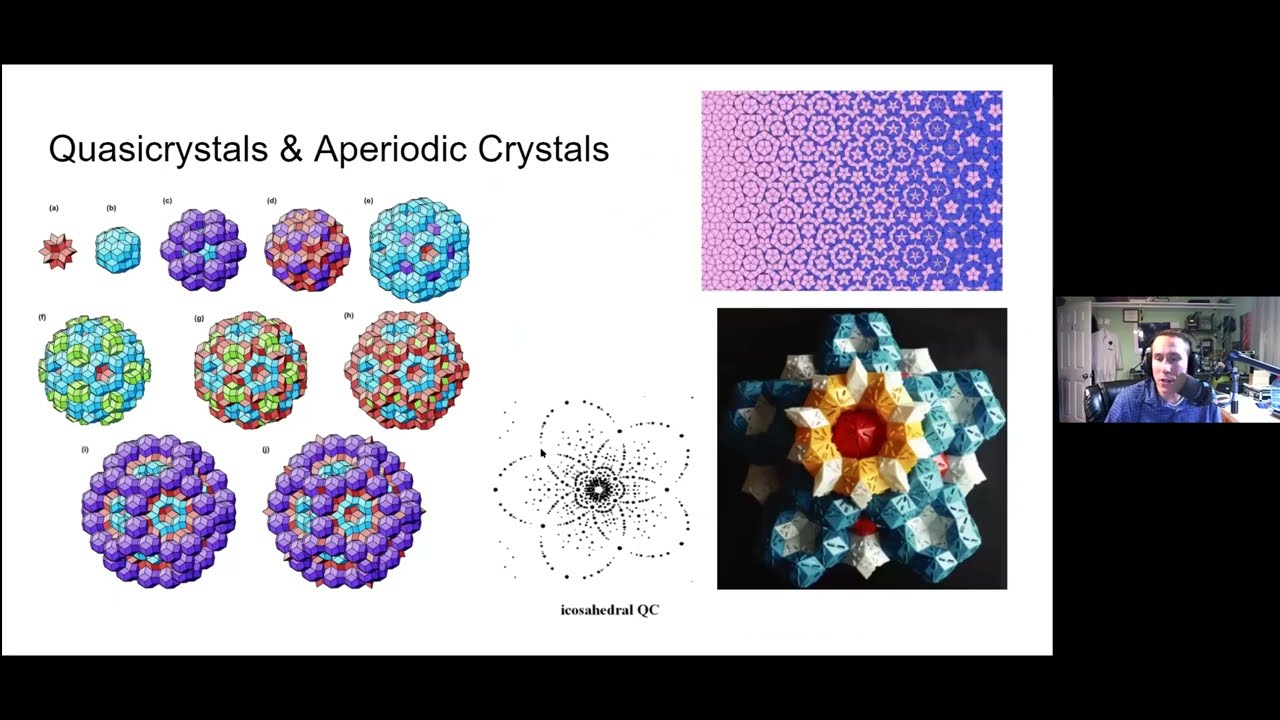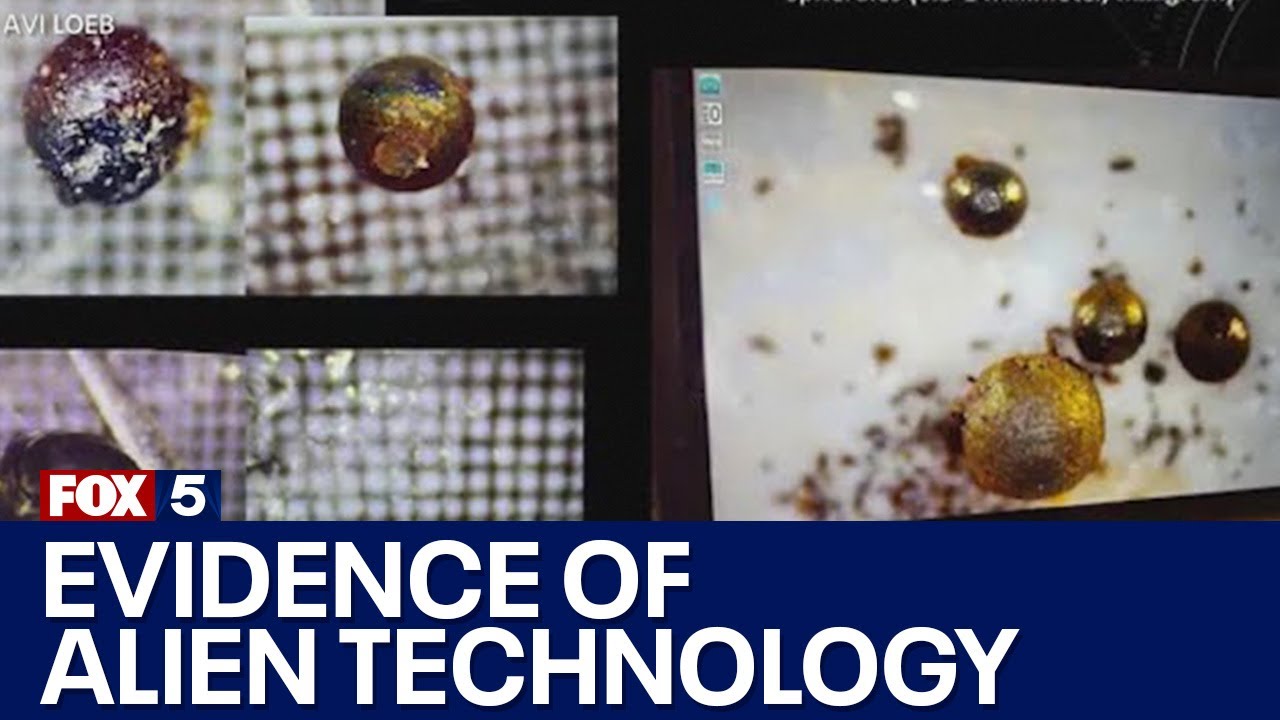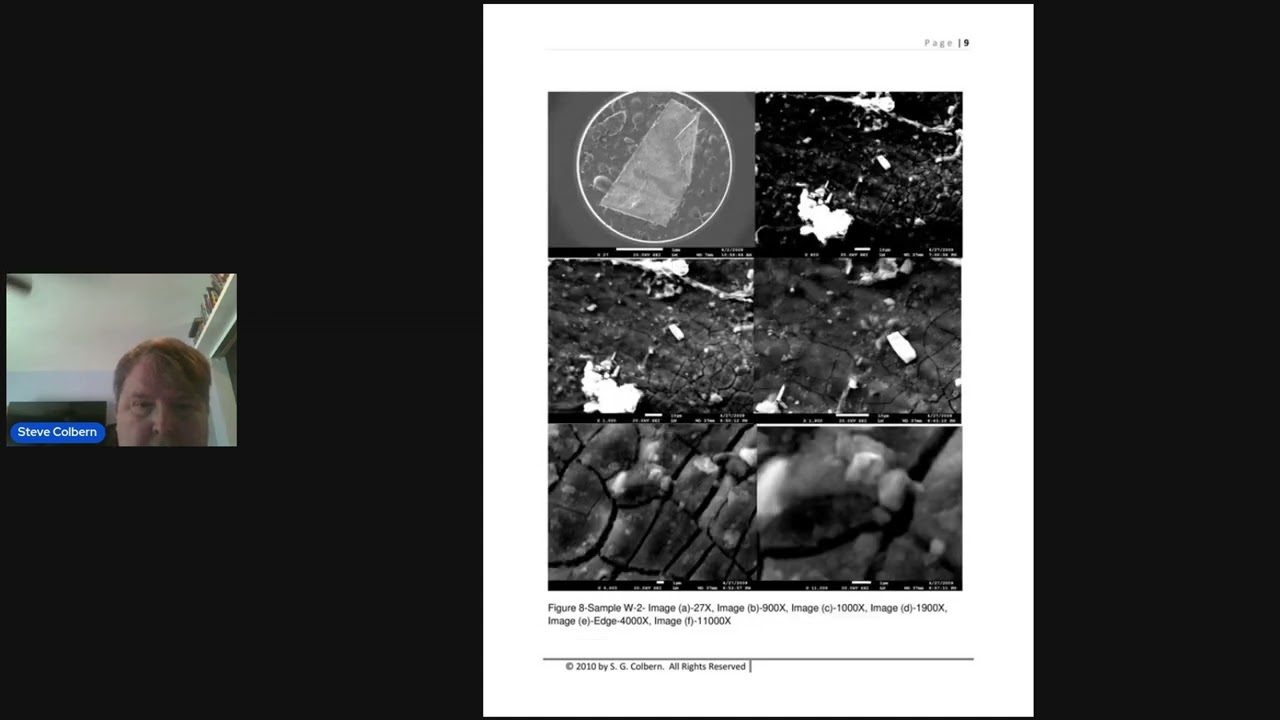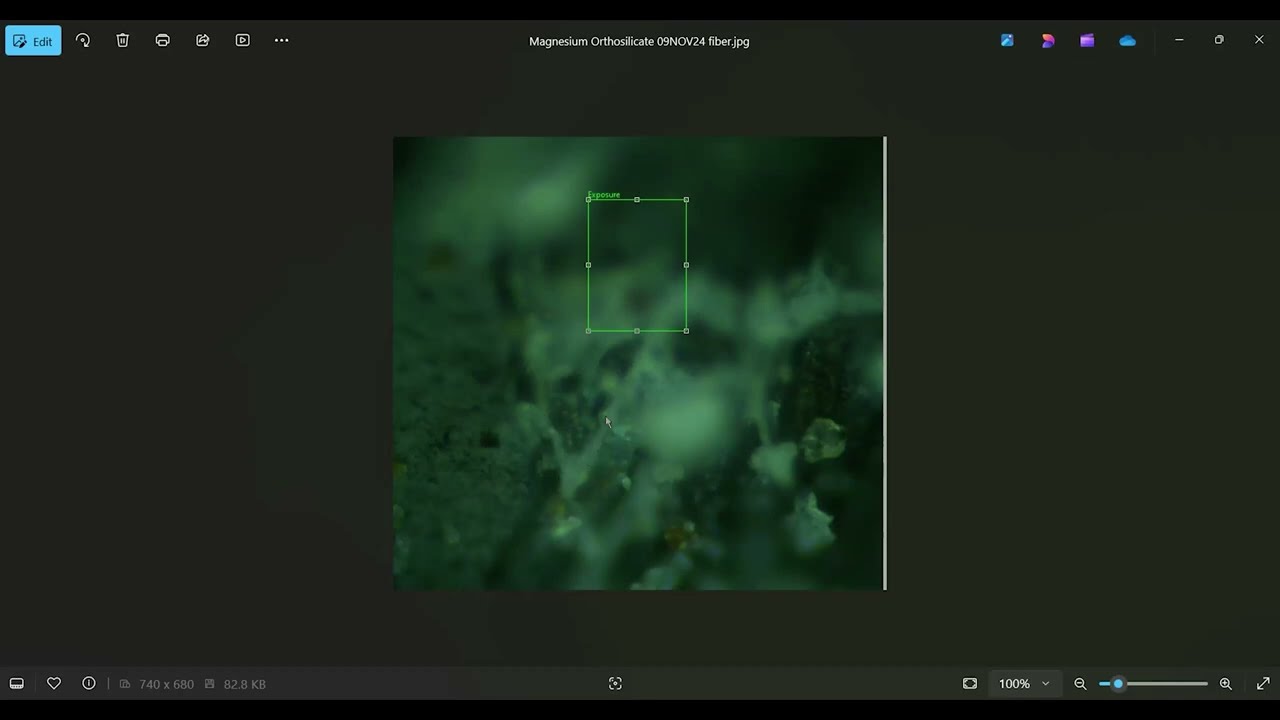Linda Moulton Howe on Investigative UFO Science and Bismuth Magnesium Layering
Linda Moulton Howe, a renowned investigative journalist, discusses a mysterious layered bismuth and magnesium material she received in 1996. The material, allegedly from a 1947 UFO crash at White Sands, New Mexico, has defied identification despite years of investigation by Howe and various experts. Analysis reveals a unique layered structure with anomalous properties, including the unexpected release of hydrogen gas when submerged in water. This reaction, along with the material’s inability to be replicated, fuels speculation about its extraterrestrial origin and the potential involvement of the U.S. government in suppressing this information.
This presentation includes interviews with scientists who are baffled by the material’s composition and behavior, further emphasizing the enigma surrounding its origins and properties. Linda says, “I have basically exhausted every resource that I have ever tried to use from about 1940 to now. I have found no reference, even in government research, for bismuth/magnesium layers. This material didn’t just make itself. It had to come from somewhere. …And nobody’s told anyone about this material!” In her presentation Linda has a physical sample of the unidentified layered metal for the workshop audience to see and touch, plus video and audio excerpted from her 9-year effort to find a source in government, military or civilian sector anywhere in the world with knowledge about layering 1-4 microns of pure bismuth with 100-200 microns of nearly pure magnesium.
The 1996 Discovery: A Letter and a Puzzle
In 1996, Howe received a letter and samples from an individual whose grandfather had been part of a retrieval team following a 1947 incident at White Sands Missile Range, New Mexico – an event often conflated with the Roswell incident, but distinctly separate geographically. The letter detailed the grandfather’s account, referencing Majestic 12 documents and multiple crash sites between July 2nd and 5th, 1947. The grandfather, who passed away in 1974, had “appropriated” samples of the unusual material, describing it as “pure extract aluminum.”
Initial examination of the samples revealed a surprising purity of aluminum (over 99%), but their unusual shape and layered structure immediately raised questions. Further analysis, however, revealed a far more complex composition: alternating layers of bismuth and a magnesium-zinc alloy, each layer measuring just microns thick. This layered structure, with its consistent wavy lines suggestive of compression or heat exposure, defied easy explanation.
Alcoa’s Assessment and the Scientific Community’s Bafflement
Analysis by Alcoa confirmed the unusual purity of the aluminum in the initial samples, but the subsequent discovery of the bismuth-magnesium-zinc layering proved even more perplexing. Howe shared the material’s composition with numerous scientists and industry professionals, including experts at Dow Chemical and Sandia National Laboratories. The response was consistent: no one had encountered such a material before. The inability to replicate the material’s layered structure, particularly the precise layering of bismuth, further deepened the mystery.
High-Voltage Experiments and Anomalous Behavior
Electrical engineer and physicist Travis Taylor, after receiving DIA approval, conducted experiments on the material using high-voltage electricity and radio frequency signals. The results were astonishing. At 500,000 volts, the material moved energetically, leaving its insulating surface. At 1,000,000 volts and with the addition of radio frequency signals, the material exhibited even more unusual behavior, including backward motion. These results, baffling to experts at Redstone Army Arsenal, further underscored the material’s anomalous properties.
Water-Based Experiments and Unexpected Hydrogen Production
Further investigation, conducted in collaboration with researcher W.C. Levengood, involved placing the material in distilled water. The results were equally surprising. The material, despite the inert nature of its constituent elements in water, spontaneously released hydrogen gas, a reaction that defied conventional chemical understanding. This reaction, observed repeatedly, produced hydrogen without any external energy input, raising questions about potential cold fusion processes. Microscopic examination revealed unusual crater formations and “string of pearls” patterns on the material’s surface, further hinting at complex, unexplained processes.
The Unanswered Questions and the Ongoing Mystery
Despite extensive research and collaboration with leading scientists, the origin and properties of this bismuth-magnesium material remain a mystery. The inability to replicate the material, coupled with the anomalous results of various experiments, suggests a possible extraterrestrial origin. The lack of any scientific literature referencing such a material, even within classified government research, further strengthens this hypothesis. The investigation continues, leaving us with more questions than answers and a compelling reminder of the vast unknowns that still exist within our world. The mystery of the bismuth-magnesium material serves as a powerful testament to the enduring power of curiosity and the importance of continued investigation into the unexplained.
Register For UFORev
Want to see more great UFO Reverse Engineering stories? Sign up for our mailing list to get exclusive access to captivating presentations, engaging events, and more!
RECENT POSTS
Art’s Parts Sample May Contain Quasicrystals
April 7, 2025
Space Age Materials for UFO Reverse Engineering
April 7, 2025
Harvard Physicist May Have Found Alien Technology
April 7, 2025
San Augustin: UFO Crash Recovery Sample Analysis
April 6, 2025
Art’s Parts: Metallurgical Microscope Analysis
April 6, 2025
